

Fennies are proud to be accredited by the Early Years Nutrition Partnership (EYNP) for our menus and contribution to supporting good nutrition in the early years. We are delighted to bring you regular nutrition updates and evidence-based articles written by our Registered Nutrition Professionals from EYNP, Janet Aylott and Catherine Lippe.


Packed lunches can be a great option for outings, picnics or for preschool but it’s not always easy to achieve variety and you can find yourself sticking to the same old trusted sandwich time after time. In this blog, I will be sharing my top tips for creating a healthy, balanced and varied lunch box that is both practical and appealing for your little ones.
When planning your lunchbox there are 4 main food groups to think about:
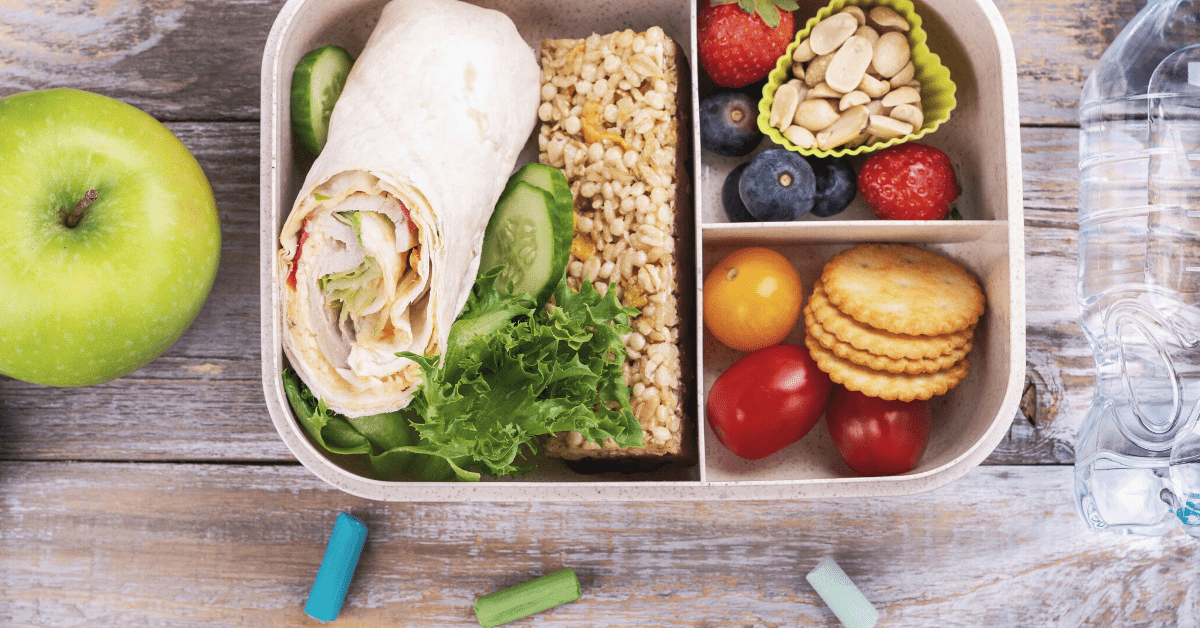

Aim for at least 1 item from this food group in your lunchbox. This can include sandwiches, pitta bread, wraps, pasta salad, bagels, potato salad, pitta bread pizzas, savoury mini muffins, cous cous, bread sticks, crackers, rice cakes and oat cakes. Why? These foods will provide energy, fuel for vital tissues and organs including the brain. They also contain fibre, B vitamins and other minerals.
Top Tip! If your child loves sandwiches in their lunchbox, try adding variety by sometimes using pitta bread, bagels, tortilla wraps or flatbreads instead of bread. This is a great way to introduce variety and expose your child to something new.
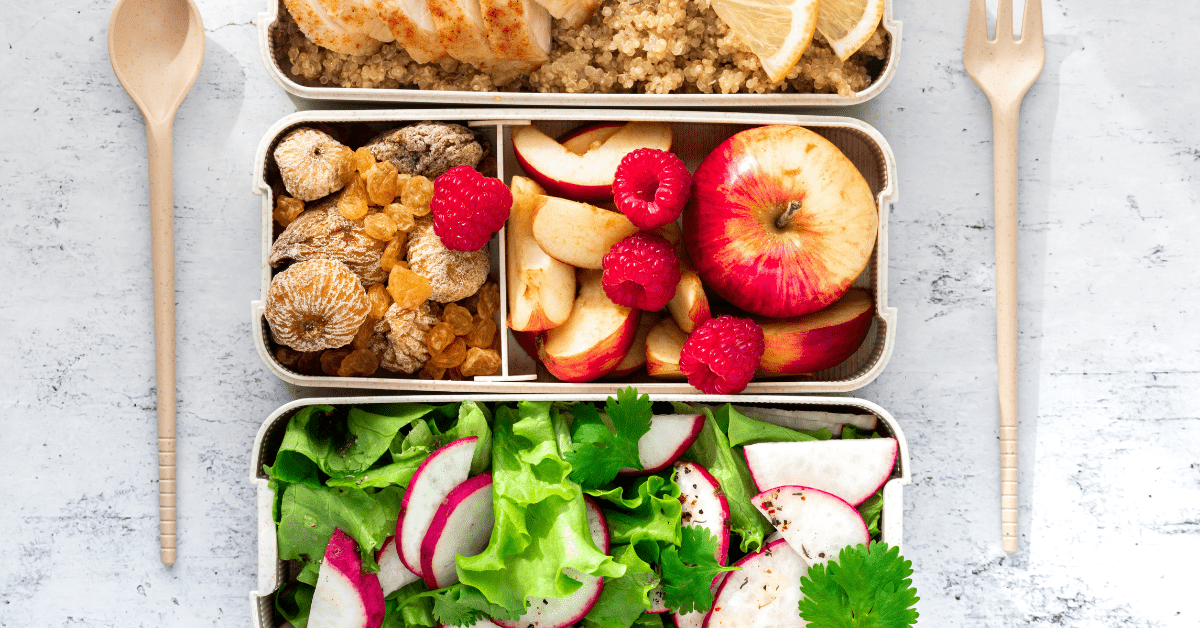

Aim for at least 2 items from this food group in your lunchbox. For example fresh fruit, tinned fruits, dried fruits, salad items, any type of vegetables. You could include vegetable crudites such as carrot, cucumber or pepper sticks for dipping or add veggies to salads, pasta, rice or cous cous dishes Why? Fruit and vegetables are a good source of vitamins, minerals, fibre and antioxidants.
Top Tip! Presentation is everything! Aim for a variety of colours when it comes to your fruit and vegetables and think about how they are presented in the lunchbox. Finding small colourful pots or muffin cases for each fruit and vegetable might just be enough to encourage your little one to try something new.
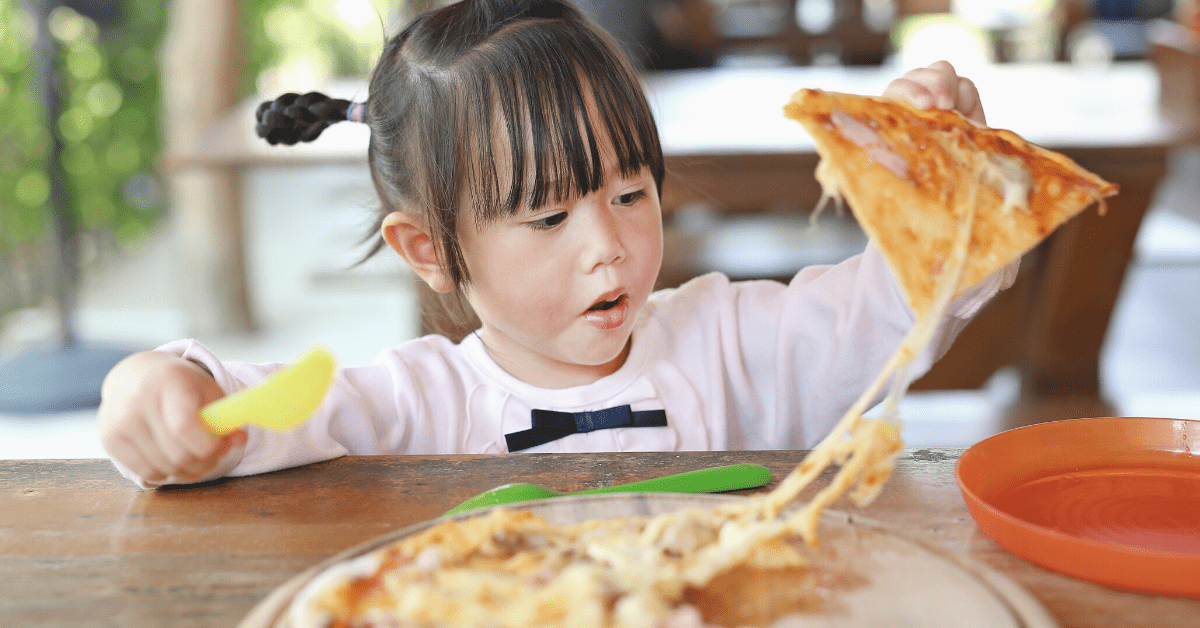

For example, Babybel or other snack cheeses, sliced cheese, grated cheese, cheese spread, melted cheese on pasta or pizza, macaroni cheese in a thermos, a carton of milk, yoghurts or yoghurt drink, custard, rice pudding, milk or yoghurt-based smoothies. It's a great idea to include a form of dairy in your child's lunchbox because this will provide a source of calcium, protein, vitamin A and iodine.
Top tip! Adding chopped fresh fruit or dried fruit to plain, natural yoghurt is a good way to avoid the added sugar that is found in some popular children’s yoghurts.


Aim for at least 1 item from this food group in your child's lunchbox. This can include chicken, turkey, pork, beef, lamb, beans, fish, shellfish, lentils, chickpeas, pulses, soya products such as tofu, quorn, nuts, seeds and hummus. These foods provide protein, iron and zinc. Iron is particularly important as our bodies cannot make iron so we rely on obtaining it solely from the foods we eat. Iron also supports your child’s physical and cognitive development.
Top tip! Particularly during the colder winter months why not try some hot dishes served in a thermos? Warm pasta bakes with tuna or beans, soups with lentils or warm noodle dishes with chicken, pork or tofu can be a nice break from sandwiches and are an easy way to include protein as well as carbohydrates and vegetables.
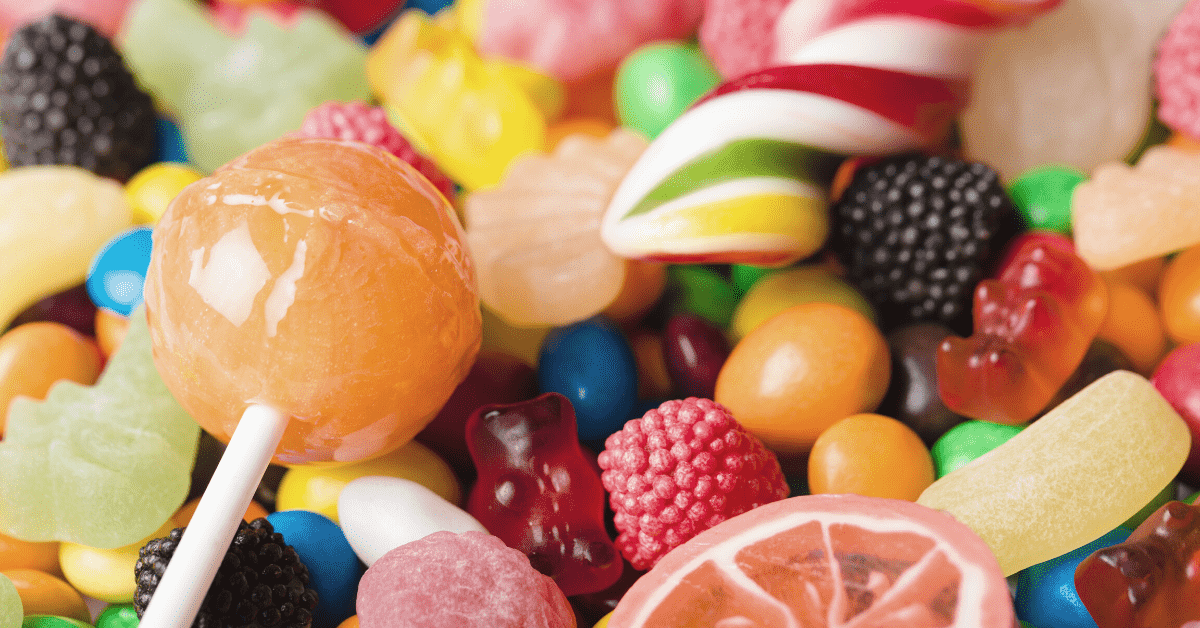

It's best to limit foods that are high in sugar for your child. This includes biscuits, cereal bars, chocolate, sweets and other confectionary, fizzy drinks or juice style drinks such as Ribena, Fruit Shoots, Capri-sun, Sunny Delight Foods that are high in sugar can contribute to tooth decay.
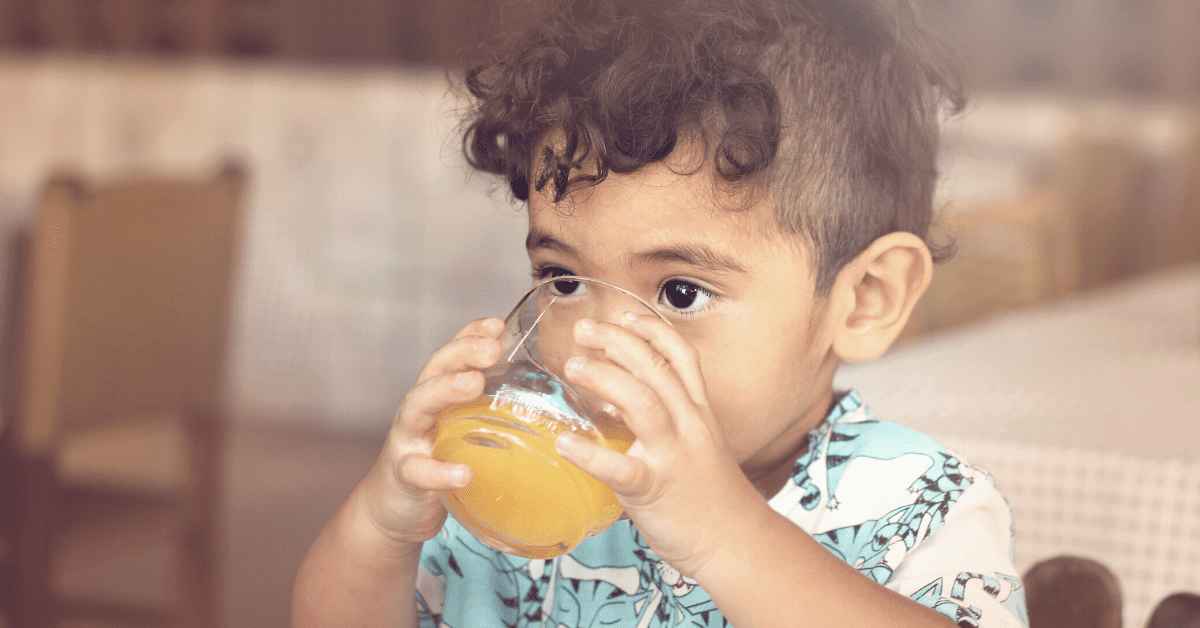

Milk and water are the best drinks for children. If your child likes juice make sure you offer a pure juice (either freshly squeezed or pure juice made from concentrate) and dilute it well with water. For children under the age of 5 years old, juice should be diluted 1 part juice:1 parts water. For children over 5 years old, juice should be diluted 50:50.
Make sure you avoid fizzy drinks or juice drinks such as Ribena, Fruit Shoots, Capri-Sun, Rubicon, Oasis. They are not pure juices and often contain added sugar or sweeteners which can be more damaging for teeth.
Now you’ve got the hang of how to create a balanced lunch box you can consider some of the more practical elements which might help your child enjoy their lunchbox. Such as:


EYNP Nutritionist








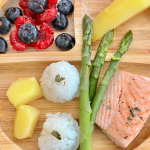



View All
This website uses cookies so that we can provide you with the best user experience possible. Cookie information is stored in your browser and performs functions such as recognising you when you return to our website and helping our team to understand which sections of the website you find most interesting and useful.
You can read out full privacy policy here
Strictly Necessary Cookie should be enabled at all times so that we can save your preferences for cookie settings.
If you disable this cookie, we will not be able to save your preferences. This means that every time you visit this website you will need to enable or disable cookies again.